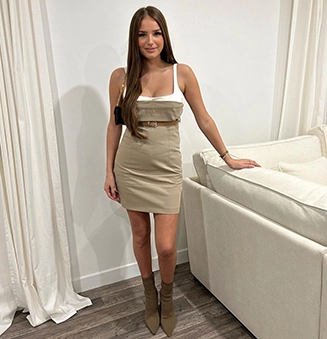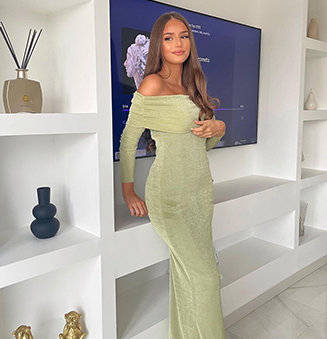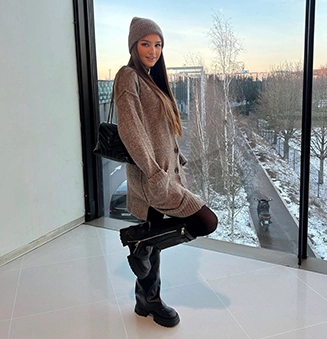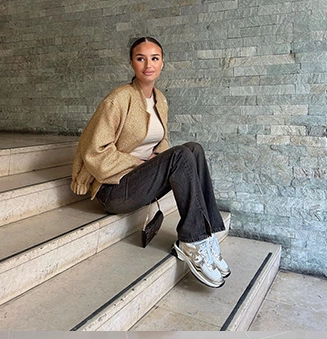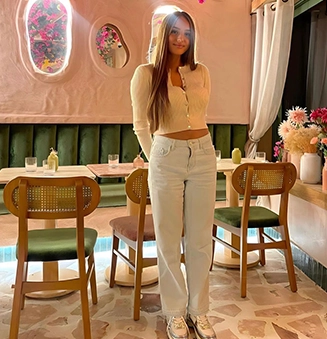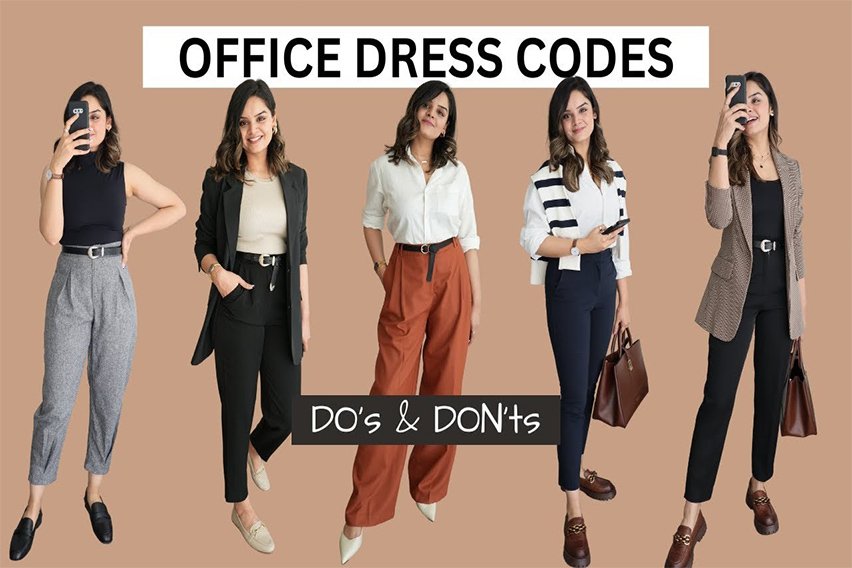
In the professional world, the way you present yourself is a crucial factor in your success. Whether you’re climbing the corporate ladder, attending a business meeting or embarking on a job interview, what you wear speaks volumes about your professionalism and attention to detail. In this comprehensive guide, we unravel the nuances of professional and business casual wear and provide insights, tips and guidelines to help you navigate the complex landscape of work fashion.
The importance of professional attire cannot be overemphasized. First impressions are often made within seconds and your choice of clothing plays a crucial role in how you are perceived in a professional environment. Whether you’re meeting a client, attending a networking event, or attending a job interview, dressing for success sets the stage for positive interactions.
Workwear typically leans toward a more formal and conservative style. For both men and women, a well-fitting suit is a cornerstone of professional attire. Choose classic colors like navy, black or charcoal and opt for a tailored fit that exudes elegance. Men should combine the suit with a shirt and tie, while women can choose between blouses and button-down shirts.

For men, key elements of professional attire include a well-tailored suit, a smart shirt and a matching tie. Suits should be color coordinated and well fitted, with the jacket sitting comfortably on the shoulders. Shirts should be plain or subtly patterned and ties should complement the overall color scheme. Polished evening shoes complete the ensemble and demonstrate attention to detail.
Women have a variety of workwear options, but a tailored suit remains a classic choice. Skirt suits or trouser suits in neutral tones are versatile and create an elegant look. Blouses or button-down shirts should be simple, and accessories like a tasteful necklace or a pair of earrings can add a touch of sophistication. Closed heels or flats complete the professional ensemble.
The business casual dress code has become increasingly common in modern workplaces. It strikes a balance between formality and comfort, allowing greater flexibility in clothing while maintaining an elegant appearance. To navigate less formal professional environments, it’s important to understand the nuances of business casual attire.
In a business casual environment, men have more room for fashion expression. Khaki pants or dress pants paired with a collared shirt or polo shirt are an acceptable choice. Ties are optional and loafers or dress shoes complete the look. For a more sophisticated look, blazers or sports jackets can be added to find the balance between professionalism and comfort.
Women who adhere to the business casual dress code can opt for a variety of clothing items, including blouses, shirts, blazers, skirts, or tailored pants. Knee-length or longer dresses are also acceptable. The key is to maintain an elegant appearance while allowing more flexibility in clothing choices. Closed ballet flats or low heels are suitable footwear.

Dress codes can vary significantly depending on the industry and workplace. It’s important to tailor your look to match the expectations of your specific work environment. While some industries lean toward a more traditional formal business dress code, others, particularly in creative or technical fields, may lean toward a more relaxed business casual aesthetic. To make the right wardrobe choice, it’s important to research and understand the norms in your industry.
Accessories play an important role in refining your professional or business casual look. Tasteful accessories can add a touch of personality while maintaining an elegant appearance. For men, a classic watch, a leather belt and subtle cufflinks can enhance the overall look. Women can experiment with statement jewelry, scarves, or a structured handbag to elevate their ensemble.
In your professional life, personal care and personal hygiene are an integral part of your overall appearance. Maintain a neat and well-groomed hairstyle and make sure facial hair is trimmed and neat. Pay attention to personal hygiene and avoid excessive use of strong perfumes or cologne. A clean and well-groomed appearance contributes to a professional image.
Casual Fridays provide an opportunity for a more relaxed dress code, but maintaining professionalism is still important. While jeans are acceptable, they should be in good condition and paired with a well-fitting collared shirt. Avoid overly casual or worn clothing and make sure your outfit matches the overall tone of your workplace.
In the age of remote work and virtual meetings, the way we present ourselves digitally is becoming increasingly important. Dressing professionally for virtual meetings contributes to a positive and focused professional image. Opt for solid colors, avoid overly elaborate patterns, and keep your background tidy and professional.
Dressing successfully in a professional or business-casual environment is a skill that goes beyond choosing clothing items. This includes understanding the expectations of your workplace, dressing appropriately for different occasions, and maintaining a well-groomed appearance. By mastering the art of professional and business casual attire, you will not only convey a sense of competence and confidence, but you will also position yourself for success in the ever-evolving world of work.
